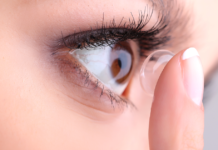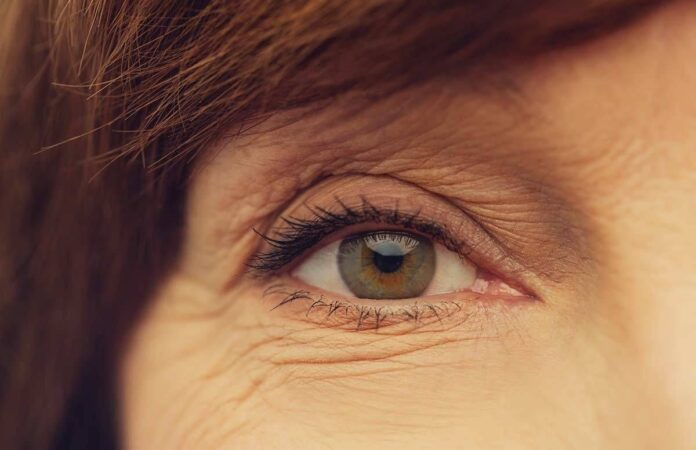
Thyroid eye disease (TED) is an autoimmune disorder that can cause bulging eyes and double vision. It is a rare disease affecting only a few individuals. According to National Organization for Rare Diseases (NORD), around 16 out of 100,000 women and 2.9 out of 100,000 men suffer from this rare problem.
Treatment options for thyroid eye disease include corticosteroids, biological therapy, antithyroid drugs, radioiodine, and beta blockers. However, these treatments can also lead to some side effects. Hence, it is vital to know the potential side effects so that you consult with your doctor to choose the right treatment for you.
Table of Contents
Tepezza
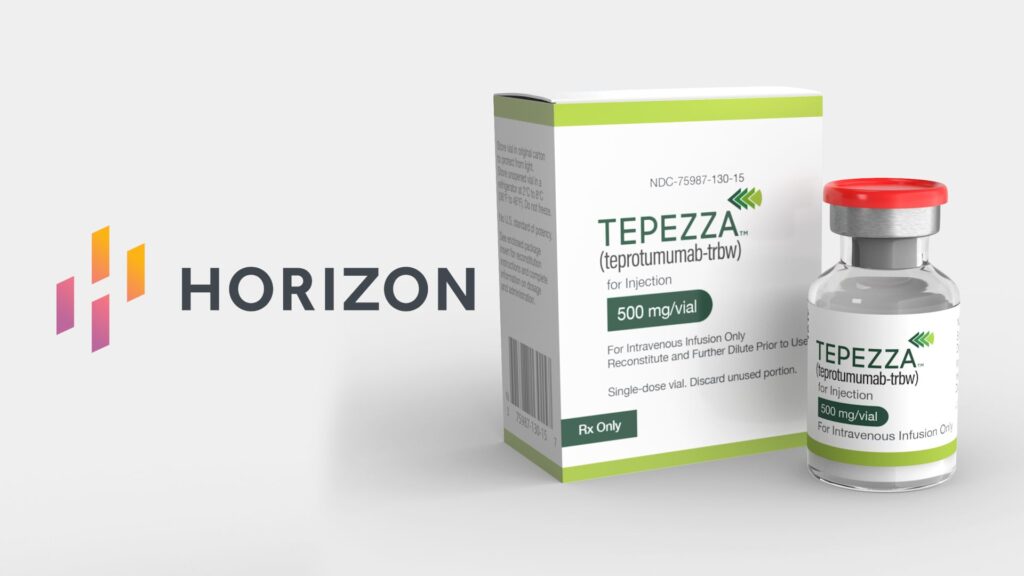
Tepezza is a medication used to treat thyroid eye disease. It is a monoclonal antibody that is given as an injection, and its main ingredient is teprotumumab. The drug works by blocking the production of IGF-1R in your body, which helps control symptoms caused by this condition.
Although Tepezza is effective in treating some symptoms associated with thyroid eye disease, it can also lead to several side effects, including hearing loss, hair loss, nausea, dry skin, etc.
A recent press release on Business Wire shows that around 4% of patients taking part in a study reported adverse reactions after Tepezza infusion. Moreover, around 10% experienced hyperglycemia.
There are many ongoing lawsuits for claiming benefits for problems faced due to Tepezza. The reason is that Tepezza is causing significant hearing loss among users. According to a recent study by Endocrine, 65% of the patients taking Tepezza report hearing-related side effects. This has led to the rise of the Tepezza lawsuit.
The Tepezza lawsuit claims that the manufacturers did not inform the users about the drug’s potential dangers. Hence, they are filing lawsuits to claim compensation for the problems they have faced. If you are diagnosed with hearing loss or have faced tinnitus symptoms due to Tepezza, you can file a Tepezza lawsuit against the manufacturer.
Corticosteroids
Corticosteroids are medications that can help reduce inflammation. Data shows that oral glucocorticosteroids are 60% effective for treating thyroid eye disease. However, this is slightly lower than intravenous glucocorticosteroid effectiveness, which is 85%.
Corticosteroids are often prescribed for thyroid eye disease. But, they can also be used in other eye conditions such as uveitis or keratitis. Corticosteroid side effects include weight gain and fatigue, mood swings, and muscle weakness. In rare cases, they may cause cataracts or glaucoma. These symptoms should be reported immediately if they occur.
Biologic Therapy
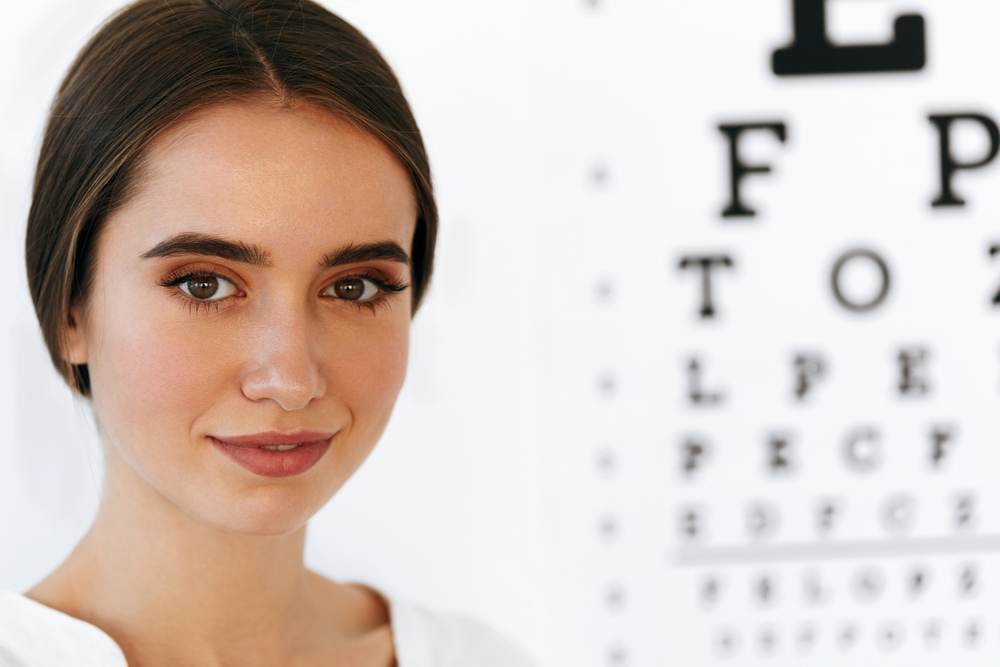
Biologic or biological therapy is a treatment that uses your immune system to combat disease. In the case of thyroid eye disease, biological therapy can reduce inflammation in the eye and improve vision.
Biologic therapy reduces inflammation in your body’s tissues so that you don’t experience any discomfort or pain from thyroid eye disease. It is usually administered through injections into your abdomen every week or two until symptoms subside. However, some patients may need more frequent injections or oral medications depending on their condition and response to treatment.
While biologic therapy is generally safe for most patients with mild forms of thyroid eye disease, there are some risks associated with biologic treatment over long periods, such as infections and blood clots. If you experience any signs of infection while taking biological therapy, you should contact your doctor immediately.
Antithyroid Drugs
Antithyroid drugs are used to treat hyperthyroidism, which is a condition in which the thyroid gland produces too much hormone. Antithyroid drugs also treat Graves’ disease, a condition that causes your immune system to attack your thyroid gland and cause it to produce too much hormone.
Antithyroid medications can be taken as pills or injections. The most common antithyroid drug is propylthiouracil (PTU), but methimazole (Tapazole) and carbimazole are other options. Tepezza is also a type of antithyroid drug.
These medicines take several weeks or months before they reduce your symptoms of hyperthyroidism or Graves’ disease. Patients undergoing such drug treatments for two continuous months reported 95% efficacy in levels of free thyroxine (fT4) and 74% in free triiodothyronine (fT3).
Antithyroid drugs can lead to numerous side effects. Some of the side effects include the following:
- Fever
- Skin rash
- Swelling
- Dizziness
- Throat infection
Radioiodine
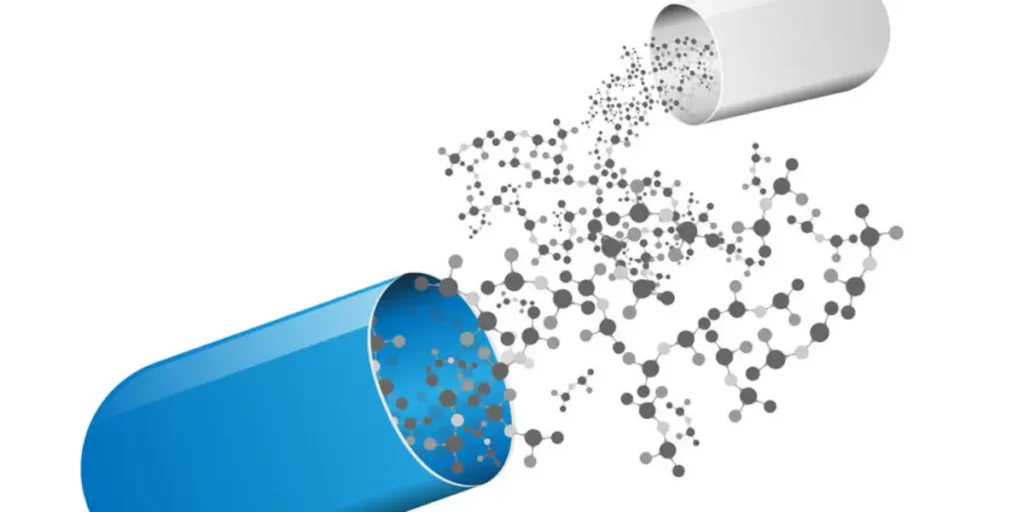
Radioiodine is a radioactive iodine that destroys the excessive thyroid gland. Most people require a single dose of treatment. However, some may need two doses. According to a study published on the NCBI website, over 79% of study participants required only one dose of radioiodine, whereas around 20% required two doses.
While radioiodine is effective, it is usually used with other treatments, such as surgery or radiation therapy. It can be used to treat thyroid eye disease, but there are some side effects you should know about.
Radioiodine has been shown to reduce or eliminate symptoms of thyroid eye disease in some people. However, this treatment does have its drawbacks, and it’s permanent. It requires lifelong monitoring by your doctor because it could cause hypothyroidism or thyroiditis.
Beta Blockers
Beta-blockers are used to treat high blood pressure and sometimes to treat glaucoma. Beta-blockers can cause dry eyes and blurred vision, which may interfere with your ability to drive or carry out other activities requiring clear vision.
Beta-blockers should be used with caution in people with thyroid eye disease because they may worsen symptoms such as eyelid retraction, proptosis, ocular inflammation, and pain.
IV Infusions
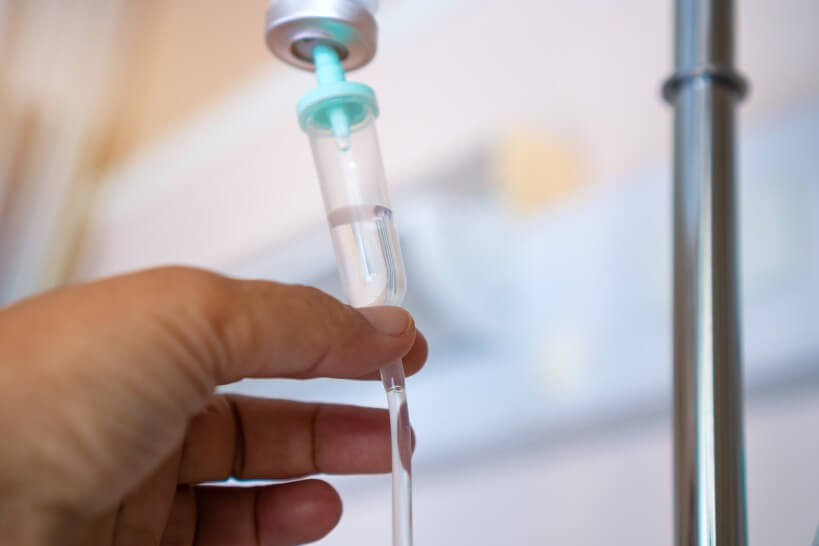
IV infusions are the most common treatment for thyroid eye disease. They can be given at home or in the hospital, depending on your doctor’s preference and what type of IV infusion you need.
IV infusions are given under anesthetic, meaning you will be asleep during the procedure. This makes them safer than other treatments because there is no risk of injury from straining your neck muscles or accidentally moving your head while receiving treatment.
The entire process takes about 15 minutes, but it may take longer if complications, such as bleeding or infection, require more time to treat before starting again with another infusion session.
Conclusion
With the help of this article, you should be able to familiarize yourself with some of the most common medications used to treat thyroid eye disease. You can also learn about their side effects and how they affect your body. However, if you have questions about any specific drug or treatment option, please contact your physician before starting any new medication regimen.

